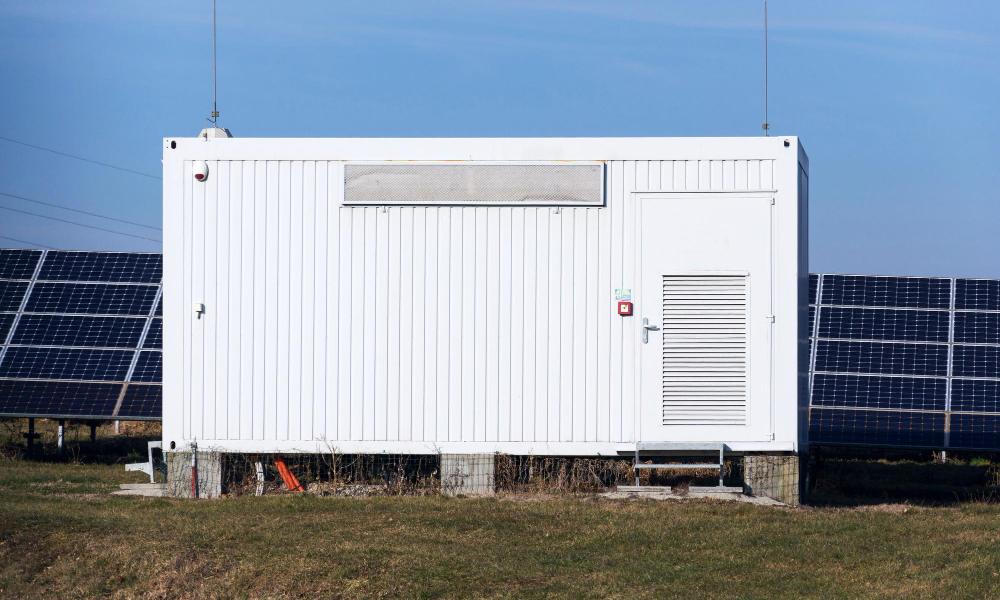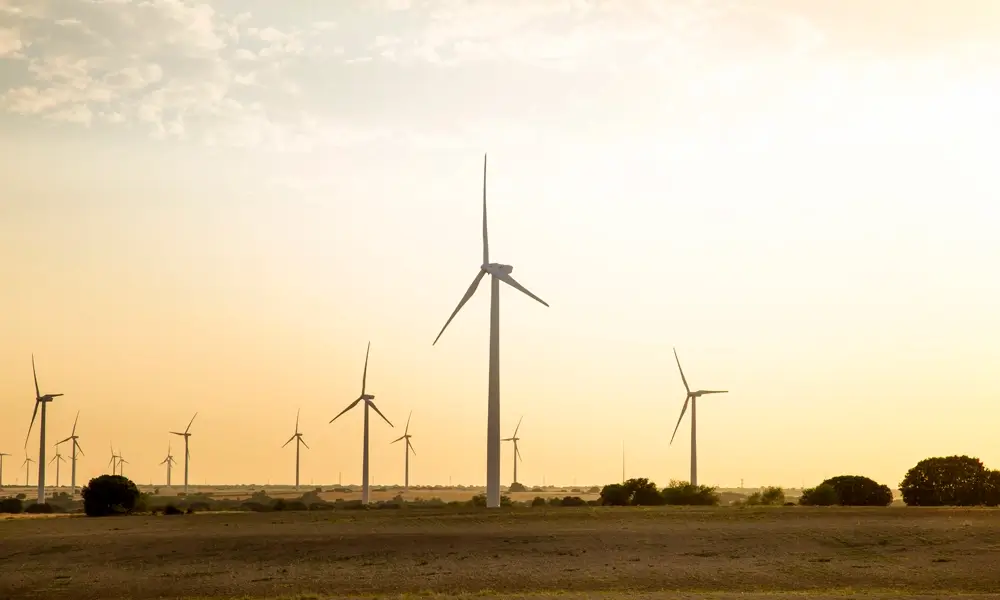The energy transition is one of the greatest global challenges in the face of climate change, and requires much more than simply exchanging fossil sources for renewables. The advancement of intermittent technologies such as solar and wind brings with it the need for solutions that guarantee stability and reliability to the electrical system. That's where energy storage systems come in.

Electrochemical batteries, such as lithium-ion and vanadium redox batteries, reversible hydroelectric power plants, thermal storage, and hybrid systems with supercapacitors or inertial flywheels, make it possible to manage surpluses, regulate grid frequency, and increase the dispatchability of renewable sources.
In addition to describing the main technologies and their challenges, the article highlights Brazil's strategic potential in the adoption of these solutions, especially in the use of reversible hydroelectric power plants.
Our comment:
Climate change caused by anthropogenic actions has already caused damage and loss, in part, irreversible to ecosystems, as they have been impacted beyond their capacity to adapt. If impacts are not mitigated and productive systems are restructured, with a focus on decarbonization, there is a consensus that this situation tends to worsen. Thus, actions to rapidly reduce greenhouse gas (GHG) emissions are required, considering that the window of opportunity to ensure compliance with the goals established in international agreements is increasingly narrow. In this context, and aggravated by the growing energy demand driven by population growth, industrialization and electrification of consumption, the energy transition has become more necessary and strategic. In general, the energy transition process consists of the progressive replacement of fossil sources with renewable alternatives, with the objective of reducing GHG emissions and, only then, combating climate change.
Antonio Araújo da Silva
Read the full content on TATICCA Energy Portal and understand how energy storage can become the pillar of energy security in the decarbonization process.





